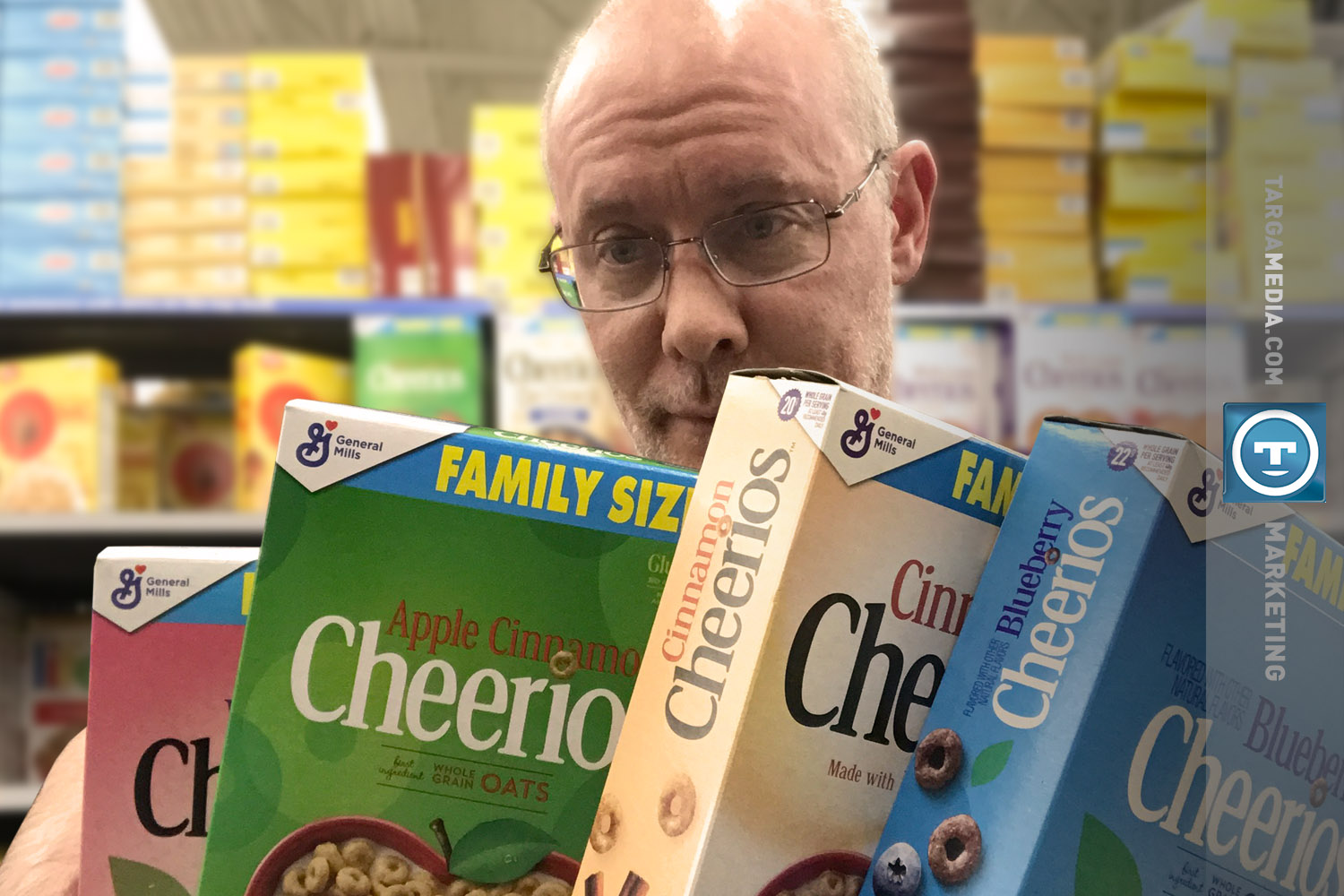

Tony Kemp
Technical Director
Solving for Gen-XYZ
Cracking the Codes for Generational Marketing
If you’ve done a marketing campaign lately, you’ve likely found that Millennials and Gen Z have much more purchasing power these days. When these generations buy something, they expect more than just the product; they buy an experience!
According to statistics at ManagementHelp.org, these generations hold much different values than the older Boomer and Gen X generations, and these preferences contribute to their purchasing decisions. A survey by the Robert Half company showed that Millennials and Generation Z collaborate more and prefer in-person collaboration. They tend to see opportunity in change rather than fear or uncertainty.
Selection Paralysis
To see how this impacts marketing, take a walk down the aisles of your grocery store. Instead of finding one or two options for a certain product, you’ll see many more options. In earlier years, limited options meant buyers didn’t have much choice which led to routinized purchasing of the same products over and over. Of course, any one of the product options would check off that item on your shopping list, but the sheer number of choices makes it difficult to figure out what we want.
So, what does that mean for you as a marketer? It means you have more competition in the marketplace, and to make an impact, you should take those generational preferences into account or risk being left behind. The problem then becomes how. Here are some ways you can target these generations:
Create limited-edition versions of your products
One of the main facets of marketing is to create exclusivity. This gives the buyer a feeling of prestige. One example of limited-edition marketing is when Campbell’s Soup changed their label on some soup cans to pink and white to show support for the National Breast Cancer Awareness cause.
One outstanding example is Amarula Cream liqueur which featured 400,000 limited-edition bottles with randomly generated labels printed by an HP Indigo digital press that represented 400,000 African elephants estimated to be in the wild. The campaign used rarity to encourage purchasing while also generating awareness for a social cause—another marketing tactic that elicits positive response in Generation Z and Millennials.
Support Cause Marketing
91% of Gen Y and Gen Z support or prefer brands that engage in cause marketing. Many Millennials and Gen Z-ers support sustainability and making efforts to stem climate change. Thus products, packaging, and companies that practice sustainability perform well with those generations. This includes brands such as Method which offers bottles made from ocean plastic/recycled plastic with designs by visionary women.
Personalize the product or packaging
Millennials and Gen Z-ers tend to prefer a personalized look to the products or services they buy. This again refers to the feeling of exclusivity since a personalized product is understandably unique to the customer who purchased it. No one else could have the same one. This can be used to connect with a cause as well.
The Martin Agency developed special customizable packaging for Oreo Cookies. Users could log on to Oreo’s website and choose from different designs done specially by artists Timothy Goodman and Jeremyville. The site allows you to color them digitally any way you like, adjust pattern size, or even order a blank pack so you can color them with markers.
The aforementioned Amarula Cream liqueur bottle campaign provides limited-edition draw, supports cause marketing, and allows for packaging customization where customers can go online and customize digital African elephants to generate a personalized label that matched their own personality.
Jason’s Take
In paragraph 2, Tony mentions that there are significant shifts in the values that grab the attention of Generations Y and Z. We all share the same values: security, respect, being valued and validated, etc. These values are constants, even among our very unique cultures, environments, and circumstances. Tony is pointing out a valuable fact that those shared values have shifted in their order of priority for new generations. For example, conscientiousness is a value we all share, but has a much stronger prominence with millennials and Gen Z consumers—often in the form of environmental consciousness. This value of looking to the future is a refreshing contrast to the too-often stereotyped “right here, right now” labels that we older generations have created. As marketers it’s probably pretty important to acknowledge these shifts in powerful emotional drivers, then to adapt our tone and content accordingly.
